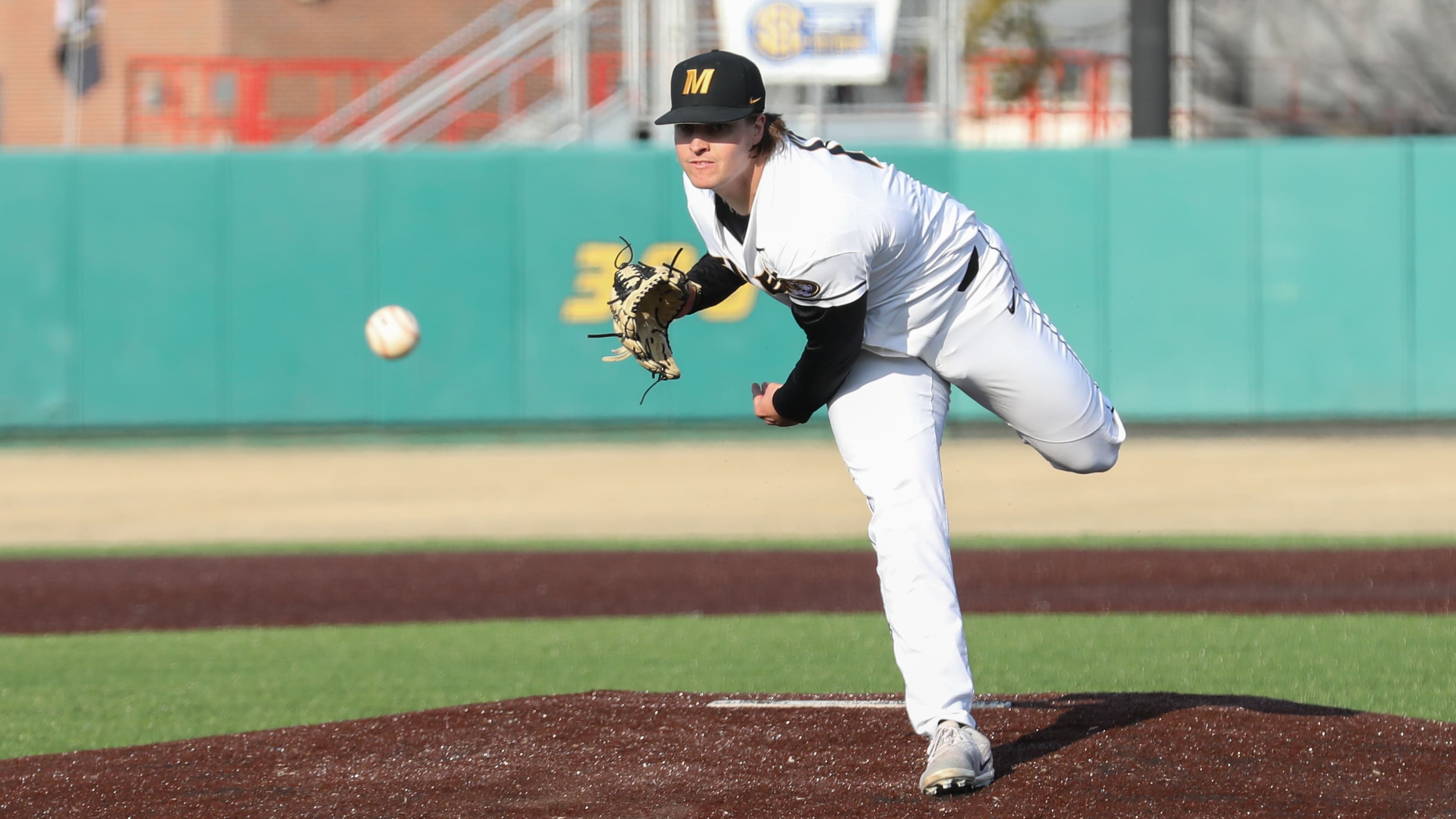What Whip Means in Baseball: Understanding the Pitcher’s Secret Weapon.
In baseball, whip refers to walks and hits per inning pitched, measuring a pitcher’s overall effectiveness. The whip is calculated by adding the number of walks and hits given up by a pitcher and dividing that total by the number of innings pitched.
Baseball statistics are a crucial part of the game, providing players, coaches, and fans with valuable insights into their favorite teams. One critical statistic is a whip, which is used to evaluate the effectiveness of a pitcher. While some statistics focus exclusively on strikeouts and wins, whip provides a more comprehensive picture of a pitcher’s performance by factoring in the number of walks and hits allowed.
A high whip rate can indicate a pitcher’s lack of control, while a low whip rate suggests they are keeping hitters at bay. Understanding and analyzing the whip is essential for anyone seeking to gain a deeper appreciation and understanding of America’s favorite pastime.

Credit: www.usabaseball.com
The Mechanics Of Pitching
Understanding The Pitching Motion
Pitching is a crucial aspect of baseball, with the pitcher being the most critical player in the game. The pitching motion is a complex movement, and each pitcher develops their own unique style of pitching. The three main components of a pitcher’s motion are leg drive, arm action, and follow-through.
Breaking Down The Arm Action
A pitcher’s arm action is a vital part of the pitching motion, determining the success of the pitch. The arm action involves several key phases, such as the wind-up, stride, release, and follow-through. Each of these phases must be executed correctly to achieve maximum velocity, accuracy, and deception.
Some essential tips for correct arm action are:
- The pitcher must use their wrist to create snap and movement of the ball.
- A pitcher should keep their throwing arm loose throughout the motion to avoid stress injuries.
- Maintaining a consistent arm slot is essential in developing control.
- The follow-through also plays a crucial role in the mechanics of pitching, creating forward momentum with the pitching arm.
Importance Of Proper Mechanics
Proper mechanics are critical to the success of a pitcher, helping to improve control, and velocity, and decrease the risk of injury. Some tips to follow for proper mechanics are:
- Starting with a good balanced stance to create a stable foundation.
- A good stride length is essential to produce maximum velocity.
- Keeping the glove arm elbow up and out in front of the body helps in balance and control.
- Keeping the throwing arm loose throughout the motion is crucial to avoid stress injuries.
Understanding the mechanics of pitching is fundamental to mastering the art of pitching in baseball. Implementing proper mechanics can take time and practice, but it is a critical aspect for a pitcher’s success.
The Role Of The Wrist In Whip
What Whip Means In Baseball: Understanding The Pitcher’S Secret Weapon
The wrist is a critical component of any pitcher’s throw. Through the wrist’s motion, pitchers can create a whip-like effect, which generates tremendous velocity and movement in the baseball’s flight. In this section, we will explore how the wrist affects the ball’s velocity and movement and the types of wrist actions that can be used for different pitches, as well as the importance of wrist flexibility and strength.
How The Wrist Affects The Ball’S Velocity And Movement
The wrist plays a significant role in the ball’s velocity and movement as it can help a pitcher generate more power, spin, and accuracy. Here are some ways in which the wrist affects the baseball’s velocity and movement:
- Velocity: By snapping the wrist during the release of the ball, a pitcher can generate extra speed to the pitch. This motion creates a rapid acceleration of the ball that is similar to a whip’s motion, making it harder for the batter to track the ball’s flight path.
- Movement: The wrist’s movement can also influence the ball’s movement by creating more spin on the ball. Different types of wrist techniques can produce various spins that can affect the pitch’s trajectory, making it more difficult for the batter to make solid contact.
Different Types Of Wrist Actions For Different Pitches
Pitchers use a range of different wrist techniques when throwing different pitches. Here are some common examples of how pitchers use their wrists for different pitches:
- Fastball: For a fastball, the pitcher usually snaps their wrist downwards at the moment of release, creating a straight and powerful pitch.
- Curveball: To throw a curveball, a pitcher snaps their wrist in an upward motion, creating a topspin on the ball that causes it to drop down as it approaches the plate.
- Slider: For a slider, a pitcher tilts their wrist slightly to one side while releasing the ball, creating a lateral spin that makes the pitch break away from the batter.
The Importance Of Wrist Flexibility And Strength
Wrist strength and flexibility are essential for any pitcher looking to achieve the whip-like effect in their throws. Here are some reasons why wrist flexibility and strength are so vital:
- Speed: A more flexible wrist can help a pitcher generate more speed on their pitches, as they can snap their wrist more effectively during the release.
- Accuracy: Stronger wrists can enhance a pitcher’s accuracy as they can better control the ball’s release point.
- Injury prevention: By keeping the wrist flexible and strong, pitchers can reduce their risk of wrist injuries that can result from the repetitive strain of throwing.
The wrist plays a critical role in a pitcher’s ability to generate the whip-like effect in their throws. By understanding and mastering different wrist techniques for different pitches, developing wrist strength and flexibility, and constantly refining their technique, pitchers can create powerful and accurate pitches that are challenging for batters to hit.
Analyzing Whip-In Pitchers
What Whip Means In Baseball: Understanding The Pitcher’S Secret Weapon
Pitching is one of the most critical aspects of baseball. A good pitcher needs to possess not only a powerful arm but also a tactical mind. The success of a pitcher is often measured through various metrics, including whip. Whip, or walks + hits per inning pitched, is a crucial statistic that helps to assess the effectiveness of a pitcher.
In this post, we’ll explore the significance of whip, its use in evaluating pitchers, and examples of pitchers with both high and low whip.
Statistical Significance Of Whip In Evaluating Pitchers
Whip is the average number of hits and walks a pitcher gives up per inning pitched. This statistic indicates how often a pitcher allows opposing hitters to reach base. The lower the whip, the better the pitcher. The whip is one of the most reliable statistics to assess a pitcher’s effectiveness because it takes into account the two most significant events that can occur while pitching.
Examples Of Pitchers With High And Low Whips
Pitchers with low whip typically have excellent control, don’t allow many hits, and don’t walk many batters. Clayton Kershaw, one of the greatest pitchers of this generation, is an excellent example of a pitcher with an incredibly low whip. His whip throughout his career is 1.
00, indicating that he gives up only one hit or walk per inning.
On the other hand, pitchers with high whip tend to be less effective as they regularly allow opponents to reach base and create scoring opportunities. For example, Tyler Chatwood has a whip of 1. 53 in his career, indicating that he allows more than one baserunner for every inning pitched.
Using Whip In Combination With Other Metrics
While whip is a critical metric to assess a pitcher’s effectiveness, it’s essential to use it in combination with other metrics. Other statistics like era, strikeout rate (k/9), and batting average against (baa) can help to give a more rounded picture of a pitcher’s effectiveness.
For example, a pitcher may have a high whip but also have a high strikeout rate, indicating that they can get out of tight spots with their pitching ability. Alternatively, a pitcher could have a low whip but a high era, suggesting that while they may limit base runners, they still allow too many runs to score.
The whip is a great metric to evaluate a pitcher’s effectiveness, but it must be used in conjunction with other stats to get a full picture of their efficiency. Understanding this statistic gives fans an extra layer of insight into the game and a deeper appreciation for the art of pitching.
How To Improve Whip
Understanding Whip In Baseball
Whip, or walks plus hits per inning pitched, is a significant metric in baseball for evaluating a pitcher’s effectiveness. A low whip means a pitcher doesn’t allow many baserunners, while a high whip indicates otherwise. Pitchers who want to climb the ranks and become successful need to focus on improving their whip.
Before we examine how to improve the whip, let’s look at the importance of proper mechanics and grip pressure.
Importance Of Practicing Proper Mechanics And Grip Pressure
Maintaining proper pitching mechanics and grip pressure is crucial in improving the whip. Here’s why:
- Proper pitching mechanics: When pitchers exhibit poor form, the body’s energy transfers downward instead of forward, resulting in their pitches flying wide of the strike zone. It also means more stress is placed on the arm and, ultimately, increased chances of injury. By taking the time to develop a sound pitching motion, a pitcher can become more consistent and generate more velocity, resulting in a lower whip.
- Correct grip pressure: An essential part of reducing the whip is to have a grip that is not too tight or too loose. Pitchers who grip too tightly strain their forearms, while those who grip too relaxed cannot develop the necessary spin on the ball, resulting in weak pitches and increased whip. Therefore, practicing good grip pressure is fundamental to lowering the whip.
Various Training Methods To Improve Whip
Pitchers can dramatically improve their whip by incorporating various training techniques and strategies into their routines. Here are some of our favorites:
- Pitching drills: Hone your release point by practicing drills such as the towel drill, which serves to increase the speed of your arm motion, perfecting your release point and increasing the backward force on your forearm.
- Video analysis: Video analysis is an excellent way to assess your pitching mechanics and see how you’re throwing the ball. Additionally, you can compare your pitches against other professional players and adjust your form accordingly.
- Long-toss drills: Long toss drills serve as a conditioning tool that helps players gain arm strength and command, which plays a significant role in reducing whip.
- Incorporating wrist and forearm exercises: Wrist and forearm exercises such as wrist curls, squeeze balls, and forearm curls can help modernize the muscles used in pitching and generate additional forearm strength and control.
Keep in mind that mastering the whip is not an overnight process. The key to reducing whip is regular practice, focusing on maintaining proper pitching mechanics and grip pressure and incorporating the strategies mentioned above. With consistency and patience, a pitcher’s whip can go from average to excellent.
So, get to practicing!
Frequently Asked Questions Of What Whip Means In Baseball
What Is A Whip In Baseball?
A pitcher’s statistic is used to measure their effectiveness in the game. It stands for walks + hits per inning pitched.
What Is A Good Whip In Baseball?
A good whip is usually below 1. 00, with elite pitchers having a whip below 0. 90. A whip higher than 1. 30 is considered poor.
Who Has The Best Whip In Baseball History?
Pedro Martinez holds the best whip in baseball history at 0. 73, achieved during the 2000 MLB season with the Boston red sox.
Conclusion
Baseball has stood the test of time and continues to captivate audiences worldwide. Every aspect of the game has its own jargon and language that is unique to it. ‘whip’ is a term that is used in reference to pitchers and their throwing style.
It is a crucial attribute that can make or break a pitcher’s career. Several famous pitchers are known for their whip-like throwing style that can deceive batters and make them swing too early or too late. The whip is a technique that takes years to master and requires dedication, practice, and determination.
A whip is a vital term in baseball, and understanding its meaning and significance can make watching a game even more enjoyable. It allows viewers to appreciate the skill and technique that goes into pitching, and perhaps, even spark an interest in the game for the uninitiated.



